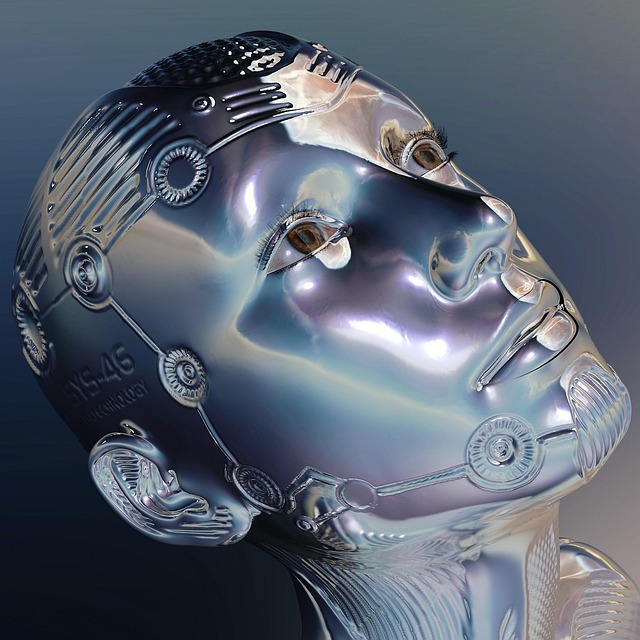
The Role of Artificial Intelligence in IT Security: Enhancing Information Technology Protection
In today’s fast-paced digital world, the protection of sensitive information is a paramount concern for businesses, individuals, and organizations alike. With the rise of sophisticated cyber threats, the need for robust IT security measures has never been more critical. This is where artificial intelligence in security comes into play, revolutionizing the way we approach and enhance our information technology protections.
The integration of artificial intelligence into security systems allows for proactive monitoring and threat detection, significantly reducing the response time to potential breaches. Traditional security measures often rely on rule-based systems that can be easily bypassed by evolving threats. In contrast, AI-powered solutions utilize machine learning algorithms to analyze vast amounts of data in real time. By learning from historical patterns and anomalies, these systems can identify unusual behavior that might indicate a security threat. This reactive approach becomes increasingly ineffective as cybercriminals devise novel techniques to exploit vulnerabilities.
Moreover, the role of AI in security extends beyond mere detection. Automated systems can initiate immediate countermeasures without human intervention, neutralizing threats before they escalate into full-blown emergencies. This swift action is crucial for organizations that cannot afford downtime or data loss. The speed and efficiency that AI brings to the table not only enhance security but also free up IT security personnel to focus on strategic initiatives rather than routine monitoring.
In addition, artificial intelligence in security empowers organizations to conduct comprehensive risk assessments. By analyzing a company’s digital infrastructure, AI can pinpoint vulnerabilities that may not be immediately obvious. This proactive approach enables IT teams to fortify their defenses before threats can arise, fostering a more resilient organizational framework. The ability to anticipate and remediate risks is a game-changer in the realm of informational technology.
Furthermore, as remote work continues to be the norm for many organizations, the security challenges multiply. Employees accessing cloud services from various locations introduce new vulnerabilities that require advanced protective measures. Here, AI shines by providing adaptive security solutions that adjust to user behavior across different networks. These intelligent systems can enforce protocols in real time, ensuring that even as the landscape changes, the integrity of information technology remains intact.
Finally, it’s important to acknowledge that while AI enhances IT security, it is not a silver bullet. The technology works best in tandem with human oversight and traditional security measures. A multi-layered approach combining AI’s analytical prowess with human intuition and expertise leads to the most effective outcomes. As we continue to navigate the evolving landscape of cyber threats, the synergy between artificial intelligence and human intelligence will be key in maintaining robust information technology protection.
In conclusion, the intersection of artificial intelligence in security and IT safety represents a new era in the fight against cybercrime. By leveraging AI’s capabilities, organizations can achieve a level of security that not only protects but empowers, allowing them to thrive in the digital age with confidence.



